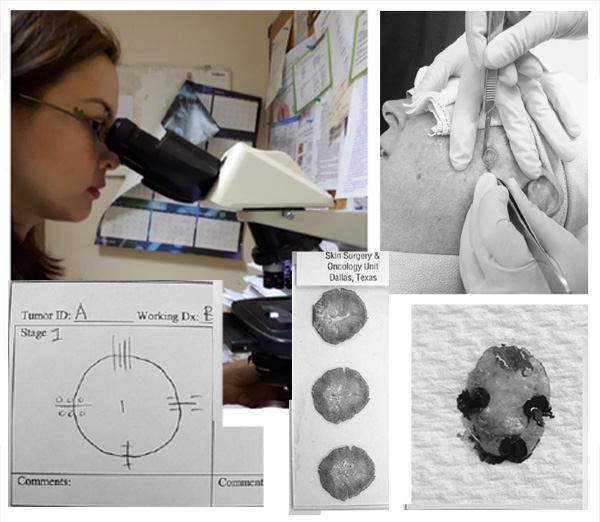The Augusto P. Sarmiento Cancer Institute at The Medical City is dedicated to providing exceptional care and comprehensive treatment for patients diagnosed with skin cancer in the Philippines. With a focus on early detection, personalized treatment plans, and patient support, our unit aims to deliver the highest standard of care throughout the entire journey of skin cancer management.
FAQs
Who is at Risk of Skin Cancer?
Several factors can increase a person's risk of developing skin cancer. The most significant risk factor is prolonged exposure to ultraviolet (UV) radiation from the sun or tanning beds. Individuals with fair skin, light-colored hair, and light-colored eyes are generally at higher risk since they have less melanin to protect the skin from UV radiation. Other risk factors include a family history of skin cancer, a history of blistering sunburns during childhood or adolescence, a weakened immune system, exposure to certain chemicals or radiation, and the presence of many moles or unusual moles on the body.
Types of Skin Cancer
1. Melanoma
Melanoma is the most aggressive type of skin cancer. It develops in the pigment-producing cells (melanocytes) and can occur on any part of the body, including areas not exposed to the sun. Melanoma often presents as a changing mole or a new growth on the skin.
Melanoma in the Philippines is influenced by various factors, including the country's geographic location near the equator, which results in prolonged and intense sun exposure. Additionally, genetic factors and skin type diversity within the population can contribute to varying susceptibility to melanoma.
2. Basal Cell Carcinoma
Basal cell carcinoma is the most common type of skin cancer. It typically appears as a raised, pearly bump or a pink growth with visible blood vessels. Basal cell carcinoma usually occurs on sun-exposed areas such as the face and neck, and it tends to grow slowly.
3. Squamous Cell Carcinoma
Squamous cell carcinoma is the second most common type of skin cancer. It manifests as a firm, red nodule, or a flat lesion with a scaly, crusted surface. Squamous cell carcinoma frequently develops in areas exposed to the sun, such as the face, ears, lips, and back of the hands.
How is Skin Cancer Diagnosed?
Dermoscopy is a diagnostic technique commonly used to evaluate skin lesions. It involves using a handheld device called a dermatoscope to examine the skin surface with magnification and polarized light. Dermoscopy allows healthcare professionals to assess the patterns and structures within the skin lesion, aiding in the differentiation between benign and malignant growths. If a suspicious lesion is identified, a biopsy may be performed to confirm the diagnosis.
How is Skin Cancer Treated?
MOHS micrographic surgery is a specialized surgical technique commonly used to treat skin cancer, especially basal cell carcinoma and squamous cell carcinoma. During the procedure, the surgeon progressively removes thin layers of tissue, immediately examining each layer under a microscope. This process continues until no cancerous cells are detected, ensuring minimal removal of healthy tissue, and maximizing the chances of complete tumor removal.
Melanoma treatment in the Philippines often requires a combination of approaches that depend on the stage and characteristics of the cancer. The primary treatment options for melanoma include surgery, immunotherapy, targeted therapy, radiation therapy, and chemotherapy. The specific treatment plan is determined by the healthcare team based on factors such as the stage of melanoma, tumor thickness, location, and whether it has spread to nearby lymph nodes or distant organs.
If you or a loved one is in need of evaluation or treatment for skin cancer, we encourage you to schedule an appointment with our specialized medical team. Our dedicated approach to patient-centered care, combined with our commitment to providing personalized and comprehensive services, ensures that your needs are prioritized at every step of your treatment journey.
